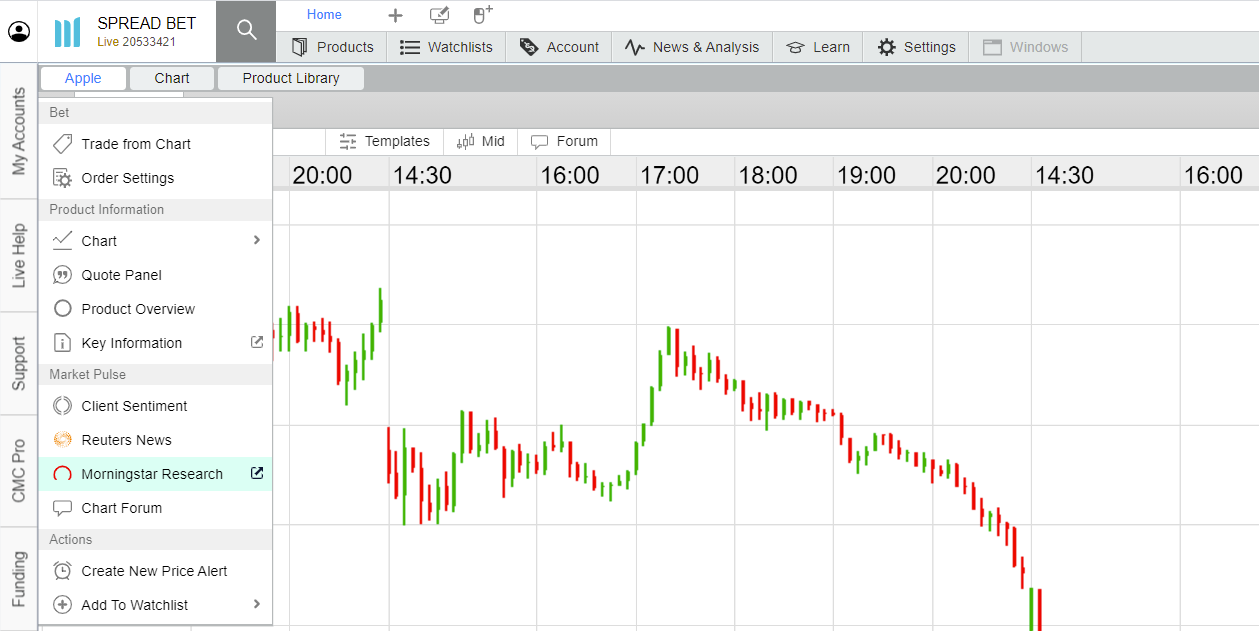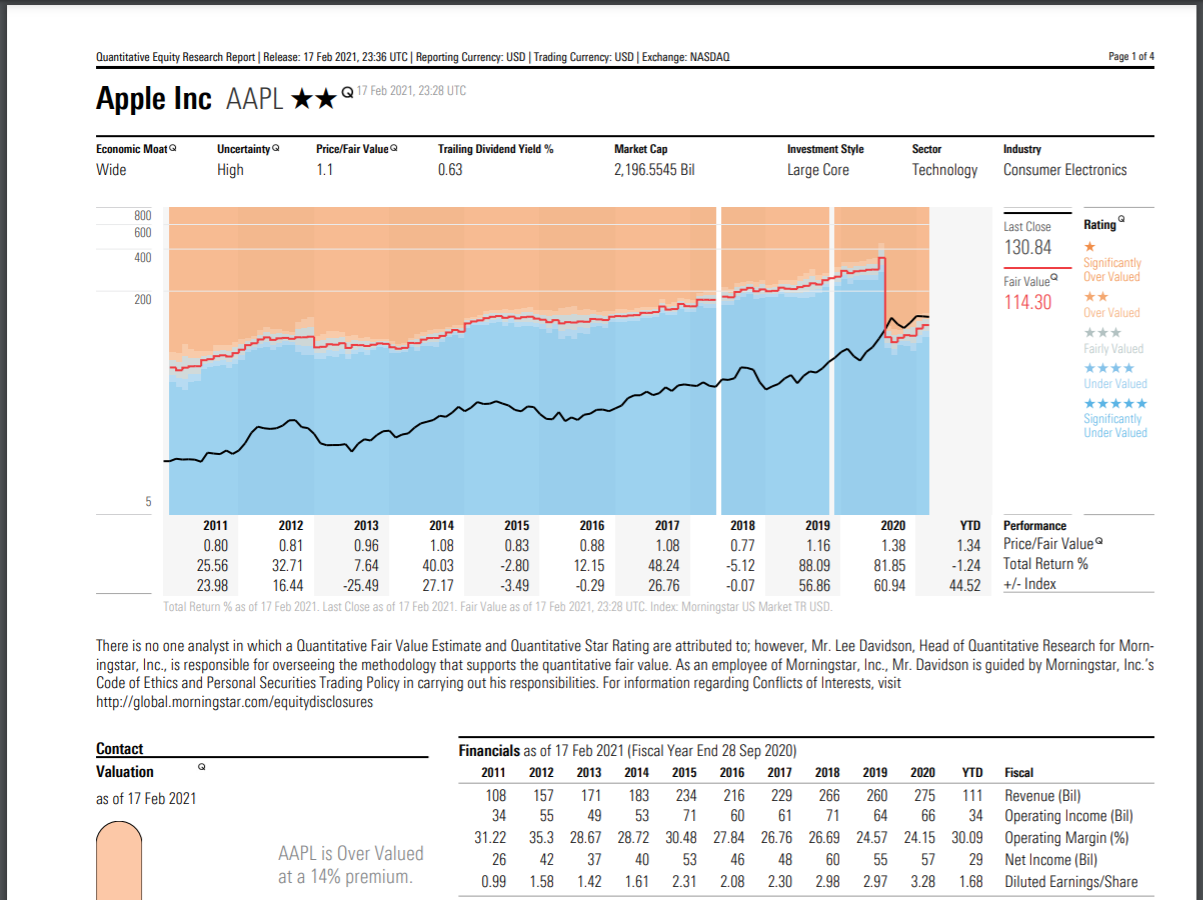There isn’t a single “good” P/E ratio that guarantees a good purchase, as this will vary between companies, future expectations and overall trading goals. For example, a stock may have a P/E ratio of 1 but, if earnings are dropping every year, the share price could fall along with earnings year after year, all while maintaining the P/E of 1. This is called a “value trap”. The stock looks like a good deal because of the low price-earnings ratio but, as the company’s profits are falling, some wary investors may stay away.
Similarly, a high P/E of 50 may be good value if the company has a high growth rate. If earnings double in the following year, based on the current share price, this is only a 25 P/E ratio, which starts to look more attractive. Investors and institutional money managers are often projecting out multiple years to assess whether a stock is a good purchase now. This is a technique often practised by value investors.
For reference, going back to 1870, the average P/E ratio of major stock indexes have fluctuated between 5 and 25. Since the late 1990s, ratios have tended to be more elevated, typically staying above 15 and reaching over 60 in the stock market crash of 2008 and 2009. In the 2009 case, P/E ratios exploded higher, even though stock prices were dropping and many companies had even faster declines in earnings.
An additional tool that traders can use is price-earnings-to-growth, or the PEG ratio. This is calculated by dividing the P/E ratio by the growth rate of the stock in question. For example, if the P/E is 40 and earnings grew by 30% this year over last year, the PEG ratio would be calculated as: 40/30 = 1.3.
No matter how promising a stock looks, some traders consider using a risk-management strategy such as a stop-loss order on their charts. This helps to exit a trade at a specified level if the price goes against their position.




